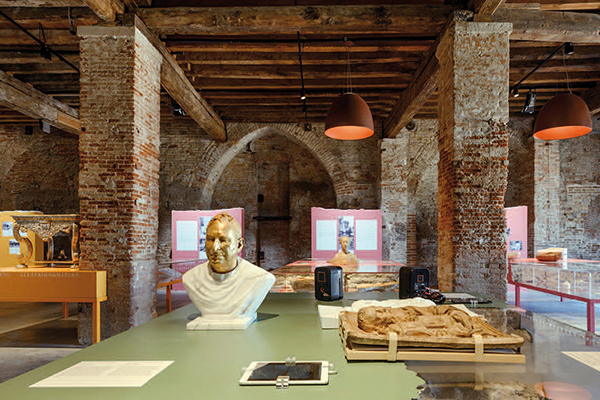Riprodurre per conservare. Dalla scomparsa dell’originale alla memoria moltiplicata
DOI:
https://doi.org/10.15168/xy.v4i7.126Abstract
In un articolo pubblicato su Domus nel settembre 1994, Franco Purini elencava la “scomparsa dell’originale” tra le questioni intellettuali generate «dallo sviluppo delle risorse informatiche applicate alla rappresentazione dell’architettura». La possibilità tecnica di riprodurre opere d’arte (e beni culturali in generale) cristallizzandone l’aspetto in un determinato istante temporale sembra infatti determinarne una sorta di svalutazione immediata, come se il valore dell’originale venisse in parte trasferito alla sua replica e da essa assorbito. Inoltre, la duplicazione può essere effettuata per un numero di volte potenzialmente illimitato, con l’effetto di sottrarre progressivamente all’originale gran parte del suo valore intrinseco e di giungere ipoteticamente a confonderlo (uno fra tante) tra le sue riproduzioni. Anzi, la valenza autonoma di tali riproduzioni può essere talmente potente da prefigurare una loro efficace sopravvivenza anche in assenza dell’originale: la copia subentra a tutti gli effetti al suo modello, sostituendolo in ogni contesto e per ogni funzione. Ma è proprio in questa “vita autonoma” intrapresa dalla replica rispetto al suo originale che risiede il suo potenziale di “moltiplicatore di memoria”: essa, instaurata una relazione filiale con il suo modello, ne conserva l’identità e al contempo la trasforma e la attualizza, aderendo perfettamente al significato profondo del termine “rappresentazione”. Ri–presentando l’originale, la replica ne esibisce le qualità in maniera inedita; proprio laddove si distingue dal modello non lo svaluta ma vi aggiunge strati di senso e livelli di conoscenza ulteriori, acquisendo essa stessa il crisma dell’originalità. Il contributo inquadra criticamente il tema della riproduzione dell’immagine (così come dell’oggetto architettonico) nell’epoca digitale, esemplificandone la portata attraverso il riferimento ad alcuni esempi selezionati.


